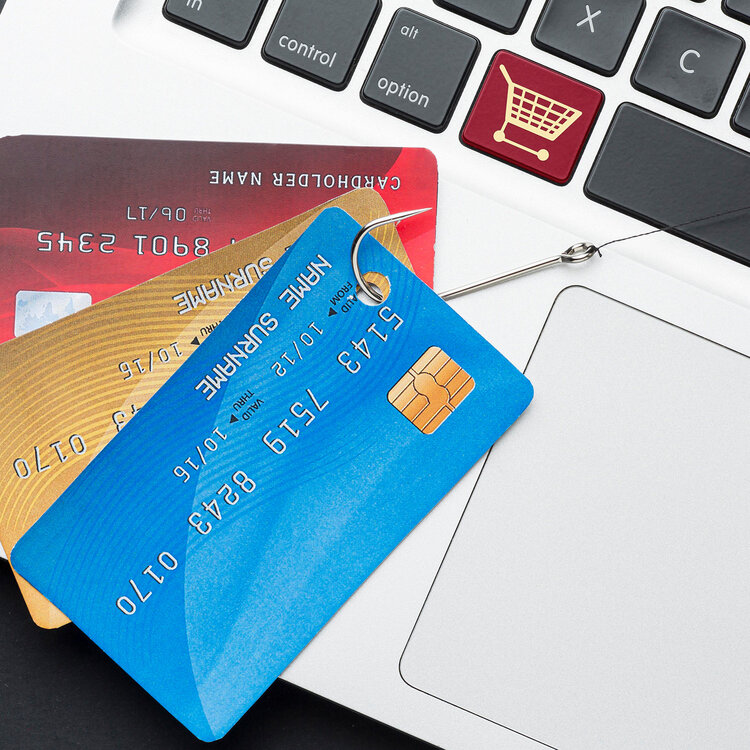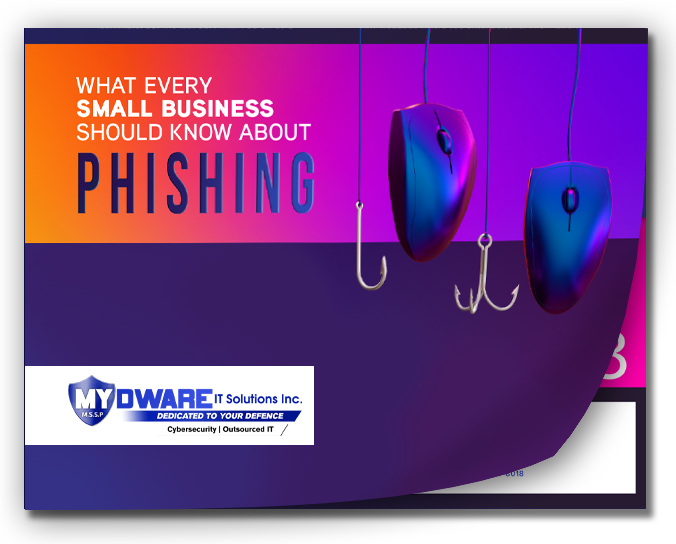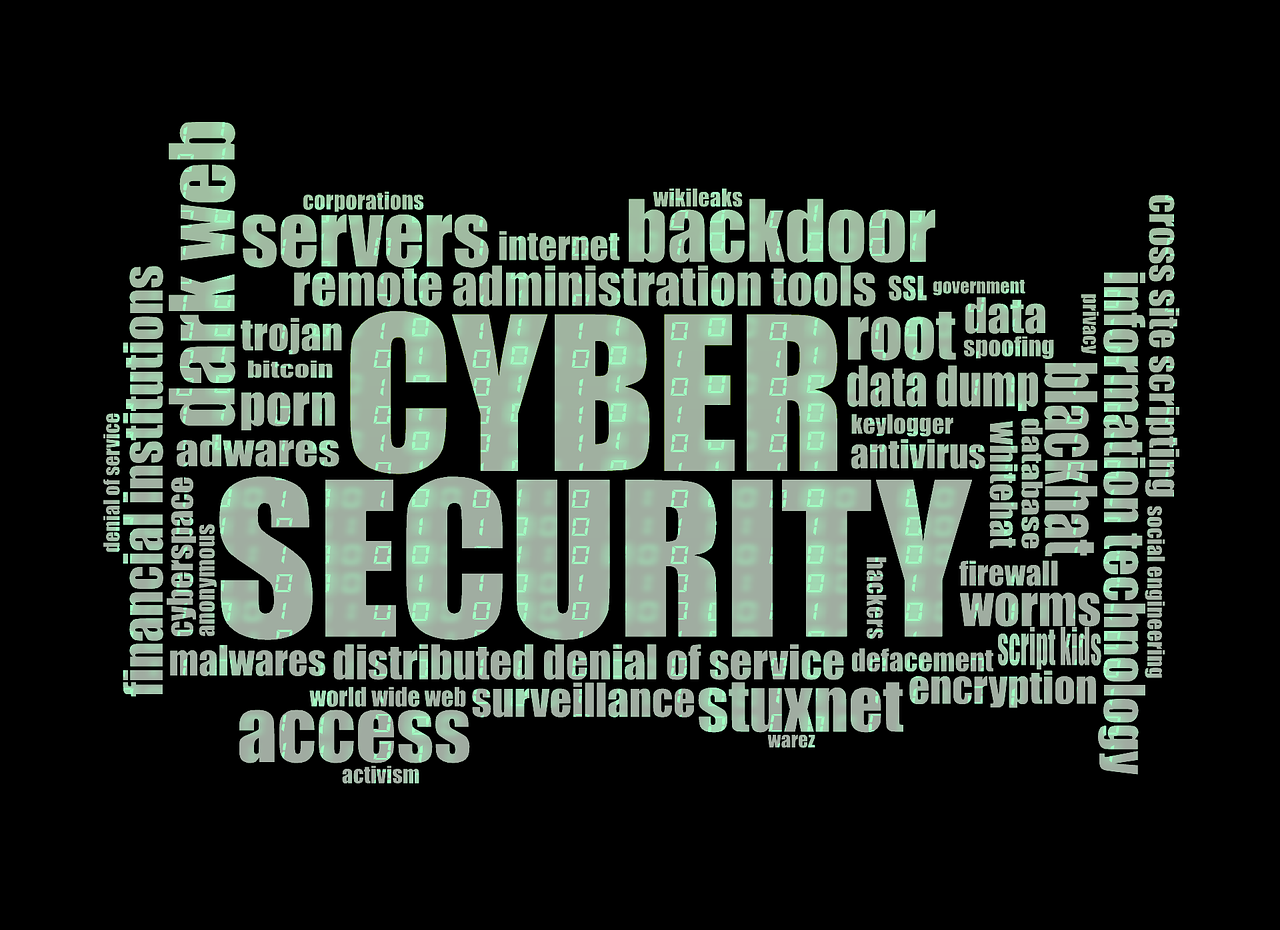 The notorious Xenomorph Android malware, previously notorious for targeting 56 European banks in 2022, has resurfaced and is now aiming at US banks, financial institutions, and cryptocurrency wallets. According to ThreatFabric, a cybersecurity and fraud detection company, this malware is among the most advanced and perilous Android variants they've encountered.
The notorious Xenomorph Android malware, previously notorious for targeting 56 European banks in 2022, has resurfaced and is now aiming at US banks, financial institutions, and cryptocurrency wallets. According to ThreatFabric, a cybersecurity and fraud detection company, this malware is among the most advanced and perilous Android variants they've encountered.
This malware primarily spreads by masquerading as a Chrome browser or Google Play Store update. Clicking on this fake "update" installs the malware, enabling unauthorized access to your online accounts and facilitating fund extraction and transfers.
Stay vigilant against this scam. Inform your family and partners about the potential threat. Additionally, here are ways to safeguard yourself:
- Avoid clicking on links or attachments in unsolicited emails. Even previewing a document could infect your device, so exercise caution.
- Update your browser by simply closing and reopening it. No external application download is required. The Google Play Store app won't prompt for updates, so avoid falling for website alerts or texts urging updates.
Bank fraud comes in various forms:
- Phishing Scams: Cybercriminals use deceptive emails or messages impersonating trusted entities to extract sensitive information like login credentials. Ensure your team is aware of these tactics.
- Check Fraud: Criminals forge or alter checks to siphon funds from your account. Safeguard your checkbook and avoid sharing or emailing account information.
- Unauthorized Wire Transfers: Hackers compromise online banking credentials for unauthorized transfers.
- Account Takeover: Criminals exploit weak passwords or security gaps to control online banking accounts for unauthorized transactions.
- Employee Fraud: Employees might engage in fraudulent activities such as embezzlement.
To protect yourself:
- Use strong, unique passwords for online banking accounts and avoid storing them in your browser. Update passwords monthly with diverse characters.
- Enable multifactor authentication (MFA) to get notified of unauthorized account access attempts.
- Set up alerts for large withdrawals and request a physical signature for wire transfers.
- Obtain fraud insurance covering employee and online theft.
Ensure robust cyber protections for all devices accessing critical applications. Your organization's safety isn't guaranteed just because your data is in the cloud or your bank has a secure portal.
For a comprehensive Cyber Security Risk Assessment, click here. This free, confidential assessment will evaluate your organization's protection against known predators. If you haven't had an independent audit in the last 6 months, it's time.
Protect your business against evolving threats. Get your FREE Risk Assessment today to secure your operations.




